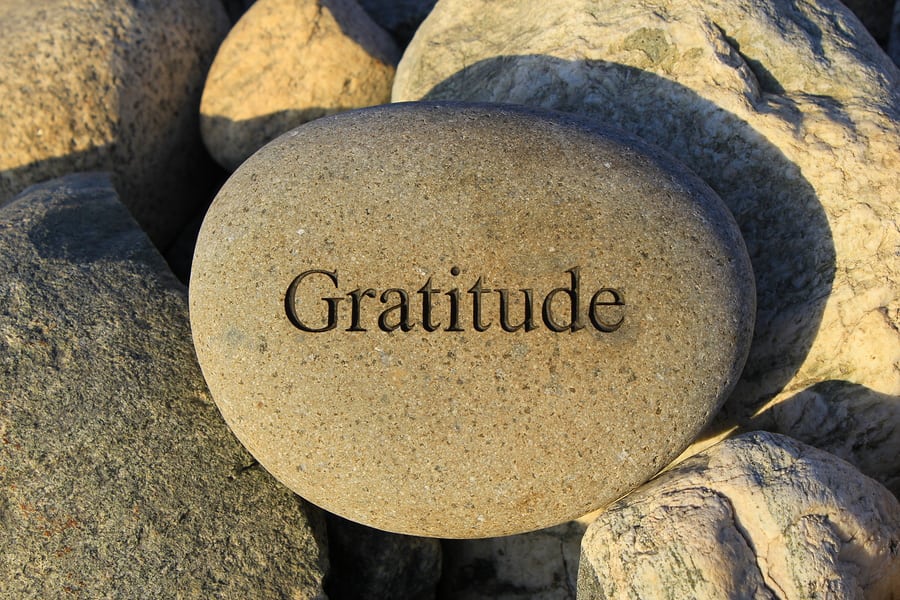As a researcher, lecturer and writer I’ve been involved in the various ways we, as a society, communicate the experiences of American Indian transracial adoption. For the past several years I’ve participated in formal discussions, panels and presentations. Informally, I’ve communicated this experience all my adult life; I am one of those adoptees.
Adoption in the U.S. is a complex issue as boundaries of familial kinship and identity, as well as social membership and identity are negotiated. There are adoptees who are uninterested in contacting birth mothers who relinquished them (or lost them) to loving parents and families; however, there are many for whom that genetic interruption carries significant baggage: the loss of blood relatedness, that linear connection to biological roots that is the cornerstone of American society. Just Google “genealogical searches” and over 900,000 results come back containing information of search tips, search engines, websites, how-to articles that detail location of records and how to access them. Everything a budding genealogist might require to be successful can be found in these entries. Everything an adoptee will never have is found in these entries. Our birth certificates have been amended: birth names and parents names are exchanged for new names and adoptive parents; our pasts have been erased. On genealogical trees, we are marked with an “A” if we are marked at all.
Transracial/transnational adoption has another layer of complexity. Families created through international child exchange are are studied, talked about, debated, glamorized and politicized. There is the idealization of the “rainbow” family Angelina Jolie and Brad Pitt seek to create; the need of Madonna and others to “save” children from far-away lands. By the time they are in adolescence or young adulthood, adoptees are well aware of not only their difference, but their perceived value – as a “created ideal” or as a “saved child” – both of which carry a significant power differential. “I” wanted “you” for “this reason”. Neither ideal is a statement of a home where safety, comfort and unconditional love is the foundation. These are not statements that honor people who through war, political dysfunction, or colonizing practices, cannot raise the child themselves. And if society is aware of the above messages the child is aware as well. Difference becomes a chasm once they reach the age to express that awareness, and their voices of anger at becoming an idealized “thing” rather than a “child” can be dismissed, disregarded, interpreted as “ungrateful”.
American Indian transracial adoption, the most recent and tragically the most successful program of assimilation, was popularized in the 1950s and 1960s, when the Indian Adoption Project continued what boarding school programs began – the mass removal of children from parents and families. However, this removal was not for a few years but their entire lives. The policy of closed adoptions made it all but impossible for Native adoptees to return to their communities and their families. And if we were successful at finding this information, time and cultural distance widened that chasm. By the time we attempted to return home we were seen in both societies as being too Indian to be White, or too White to be Indian. The same racism we faced on a nearly daily basis growing up in the dominant culture we once again faced in Native cultures. It seemed, as several adoptees quoted to me, we were on the outside looking in – at everything in every direction.
The pressures of difference we felt were not limited to blood, but included our placement in society as the social memory of the American West cut to the very core of our being. In White society we were reminded of our difference and asked blatantly why it existed. The interrogators were well-acquainted with stereotyped descriptions and images of who we were “supposed” to be. In Native society our difference was apparent in our lack of cultural knowledge and family kinship, and we were blamed, as if this lack was our fault, a result of our choices. On family vacations and in history classes we were reminded that “our people” had become a conquered race, at best, or extinct at worst. There were no “real” Indians left, and because of our placement in American culture and society, our authenticity was constantly questioned. What Native doubters weren’t aware of was that many times adoptive parents were encouraged to sign away the child’s American Indian tribal enrollment and subsequent rights – it was an assimilation program, after all. Getting those reinstated is a nightmare . It is up to us, the most vulnerable within this exchange, to provide proof that tribal enrollment once existed. Sealed records hold our blood relationships, but unless we can find a sympathetic judge to open those court records, that information is sealed forever. Our amended birth certificates make genealogical searches impossible. If a blood parent doesn’t step up to claim us because of the shame of relinquishing, we are screwed. Three strike’s you’re out.
To Elders and other Native people who hold power to sway public opinion, I want to remind them, we never gave up our identity – it was actively taken from us; we aren’t asking for anything that wasn’t already granted to us in our treaty rights and our heritage; we are merely seeking public acknowledgement that we were once your children and we belonged to your communities. And we want to come home.
How does society explain the inhumanity of invisibility? How does it explain it in ways that makes sense to itself and to its members? How does it gracefully acknowledge the generations of in-betweens it’s created, the generations of children who were adopted out and can’t return? It starts by hearing our voices as adoptees, as we articulate the difficulties we’ve encountered, the challenges we’ve overcome, and the journey of our experiences as we’ve migrated between and among identities.
That is the purpose of this blog.



